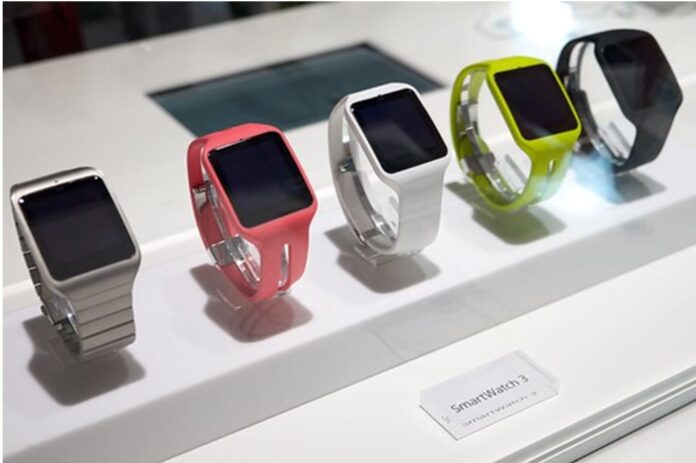When mobile phones first hit the mainstream, they succeeded simply for their improved capacity for basic communication. Suddenly we didn’t need a home line, and we could communicate via basic text messages from practically anywhere. Many of us assumed that this would illustrate the ultimate function of mobiles, but we were wrong. When smartphones first became popularised with the iPhone in 2007, the potential of mobile systems opened a whole new world of opportunities.
Smartphones weren’t just for calls and texts, though they were undoubtedly superior to their predecessors in this regard. Smartphones were powerful tools, able to replace dozens of other devices in a smaller and more convenient form factor. This brings us to today, where the smartwatch demonstrates the next step forward in powerful and compact digital devices. For the right user, a smartwatch could replace chunks of smartphone capabilities, so where will it excel, and what limits will a smartwatch encounter against its older and larger counterpart?
The Communication Spectrum
For a starting point of comparison, we should begin with the original uses of smartphones, as phones. Whether making calls or writing text messages, it is indeed possible to use some smartwatches to fulfill these uses. A smartwatch is enough to make calls provided it has the hardware to support a cellular connection. The most cutting-edge smartwatches like Apple Watch Series 7 and Samsung Galaxy Watch 5 come with SIM card support, giving them access to accounts much as a smartphone would.
This is where the first issue can occur, thanks to the smaller form factor of a smartwatch. Though many smartwatches come with speakers and microphones, these can be limited compared to what you’d find on a smartphone. If you’re the type to use earphones for your daily commute or carry, then smartwatch built-in microphones and Bluetooth pairing can solve this issue for you. Video chats are also possible with camera-equipped smartwatches, but the quality of both the camera and the viewing screen might be a little lower than what people are used to.
Possibilities and Limits in Media
Outside of communication, it’s browsing and enjoying media that quickly became a defacto use of smartphone systems. Smartwatches can excel in some ways with media engagement, offer an acceptable experience in others, and fail significantly in some regards.
The best use-case scenario for mobile media on smartwatch systems comes from audio. Whether connecting to a service like Spotify or playing downloaded tracks directly, pairing with earphones works just as well on smartwatches as does with the best smartphone. Full quality and no compromises make these great fits for music fans. The less bulky nature of smartwatches alongside vital sign monitoring also makes them better suited for listening to music while exercising.
In the midrange are interactive experiences that can be accessed through the simplest touch controls. The fastest payout online casino offerings can be a prime example here, thanks to streamlined controls and easy-to-navigate websites. Services like Casimba and Golden Star make it easy to collect bonuses like deposit matches and free spins no matter your base device. Just as importantly, games like slots with their simple controls can work well on smartwatches if you’re precise enough, though they’re still better suited to smartphones, tablets, and computers.
On the less-feasible end are complicated games and high-definition video entertainment. New smartwatches like the Galaxy Watch 6 screen size and resolution have been increasing, with a resolution of 432 x 432, but this isn’t enough for high definition. Even if you pair a controller for games, and a headset for movie audio, any large amount of detail is going to be lost, making this a poor combination.
Part of a Specific System
Betteridge’s law of headlines states that the answer to the question of whether a smartwatch can replace a smartphone is a no, but the reality isn’t that simple. True, a smartwatch will never be able to do everything a smartphone can, but it’s also true that not everybody needs every function that a smartphone offers.
If you’re going out for a run, a smartwatch could replace a smartphone. If you’re going out into town, a smartwatch with an associated Google or Apple Pay account could again replace a smartphone. If you don’t want to ruin the line of a suit, or if you don’t have pockets, a smartwatch could again win the day. Ultimately, smartwatches today can absolutely replace smartphones in many ways, just not in every way. It’s all about the individual, and what you see, need, and experience in your daily life.
Write and Win: Participate in Creative writing Contest & International Essay Contest and win fabulous prizes.











